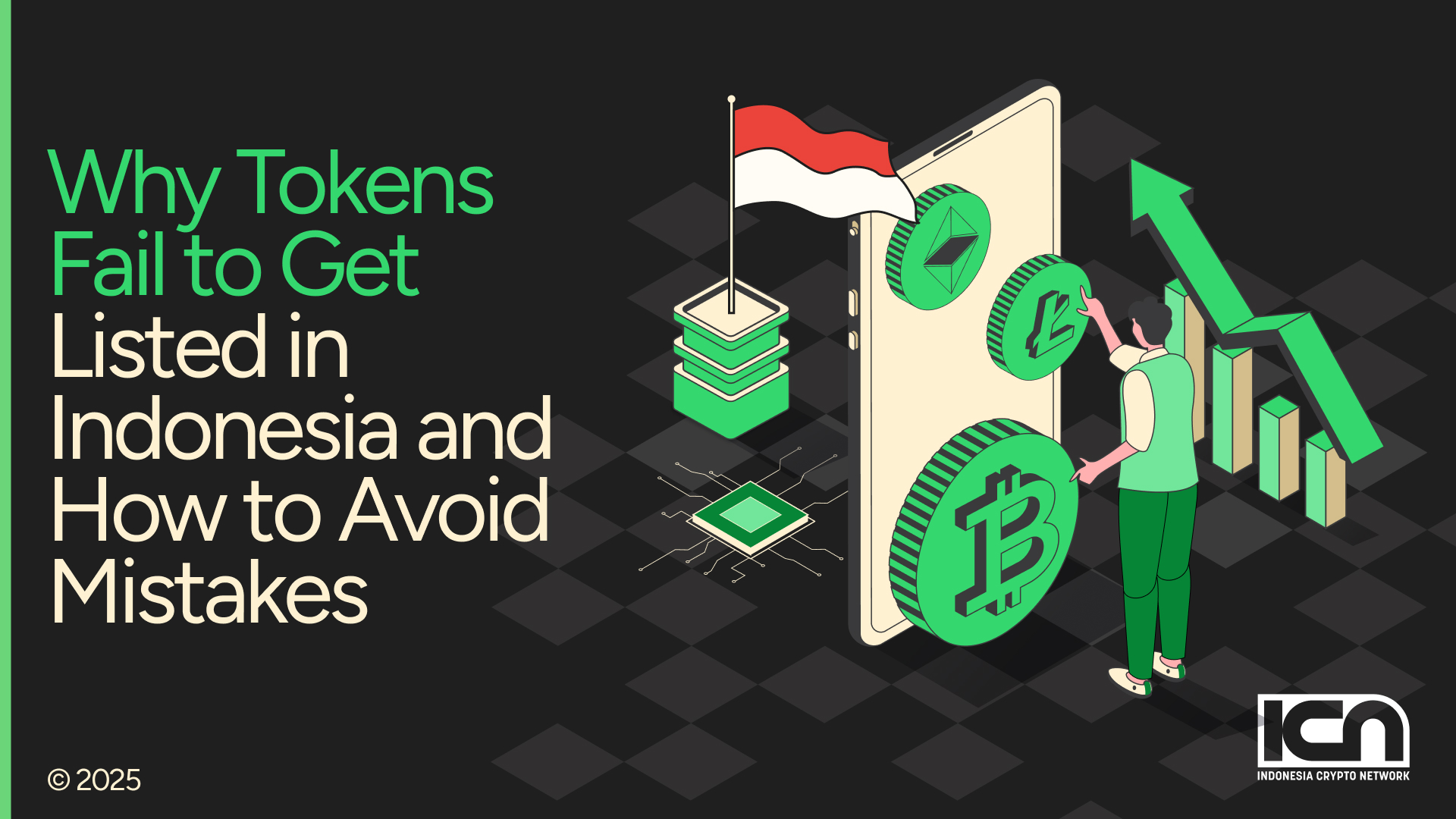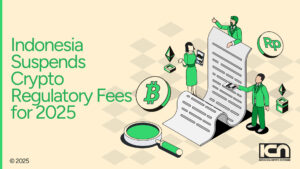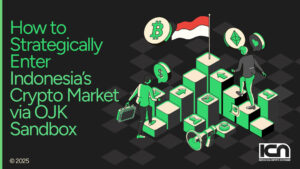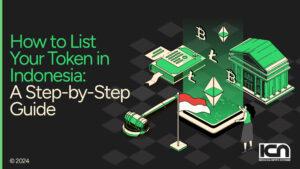Every year, dozens of token projects try to enter Indonesia’s booming crypto market. Most fail. And it’s not because they lack technology or ambition — it’s because they misunderstand the rules of the game. Indonesia’s crypto regulatory landscape is strict, sophisticated, and rapidly evolving.
Listing a token here requires more than just paperwork; it demands strategic preparation, local understanding, and regulatory trust. In this article, we dive deep into why most tokens fail, share real-world examples, and offer actionable advice to help your project succeed.
Read more: Indonesia Legalizes 1,444 Crypto Tokens for Official Trading
Compliance Gaps: The Silent Killer
Problem: Compliance in Indonesia isn’t optional — it’s the foundation. The regulatory environment, now fully overseen by OJK (Financial Services Authority), requires crypto assets to pass strict criteria regarding classification, risk evaluation, and legality.
Common Issues
- Failing to classify the token according to OJK’s approved categories
- Inadequate risk disclosure frameworks
- No proof of token’s utility or economic contribution
Real Example
A DeFi project promoting “borderless finance” launched a flashy platform but couldn’t demonstrate to OJK how its governance token created tangible economic value. Regulators flagged the project during the preliminary asset evaluation phase, resulting in a swift rejection.
Strategic Advice
- Engage a local compliance firm experienced with OJK listings.
- Prepare a comprehensive asset classification report matching Indonesia’s crypto asset standards.
- Include risk mitigation strategies clearly in your submission.
Weak or Unclear Whitepapers
Problem
A flashy whitepaper filled with buzzwords but lacking in depth can be a death sentence. Indonesian regulators look for clarity, transparency, and a real economic model — not just hype.
Common Issues
- Missing technical architecture
- Vague tokenomics with no explanation of demand drivers
- No roadmap for project sustainability
Real Example
An NFT marketplace token emphasized “community empowerment” but failed to present a concrete revenue model or user acquisition plan. Despite high social media engagement, the token listing was rejected due to the whitepaper’s lack of depth and verifiable metrics.
Strategic Advice
- Develop a whitepaper that reads like a business plan.
- Include sections on:
- Problem identification
- Detailed solution and token mechanics
- Revenue model and token demand strategy
- Full disclosure of project risks and contingency plans
- Tailor part of the whitepaper specifically to address Indonesian market fit.
Read more: How to List Your Token in Indonesia: A Step-by-Step Guide
Anonymous or Poorly Doxxed Teams
Problem
Transparency is a non-negotiable requirement. In a market prone to scams and rug pulls, Indonesian regulators demand to know who is behind a project.
Common Issues
- Anonymous founders
- Fake LinkedIn profiles
- No proof of track record in blockchain or finance
Real Example
A cross-chain bridge project had robust technical documentation but kept its founding team anonymous, citing “decentralization ideals.” OJK might be considered the anonymity too high-risk, leading to an immediate disqualification.
Strategic Advice
- Publish a fully transparent team page with real names, photos, and verified LinkedIn accounts.
- Highlight prior successes in tech, finance, or blockchain sectors.
- If necessary, appoint a local advisory board with reputable figures to boost credibility.
Conclusion: Trust Is the Real Asset
In Indonesia, listing a token isn’t about “pay-to-play.” It’s about earning regulatory trust and market legitimacy.
To succeed, projects must:
- Fulfill regulatory requirements with precision
- Deliver whitepapers with real technical and economic substance
- Show transparent leadership and experience
Those who understand this — and prepare accordingly — stand to capture one of Southeast Asia’s most promising crypto markets.
Ready to navigate Indonesia’s crypto landscape with confidence? Book a private consultation with our experts today.




